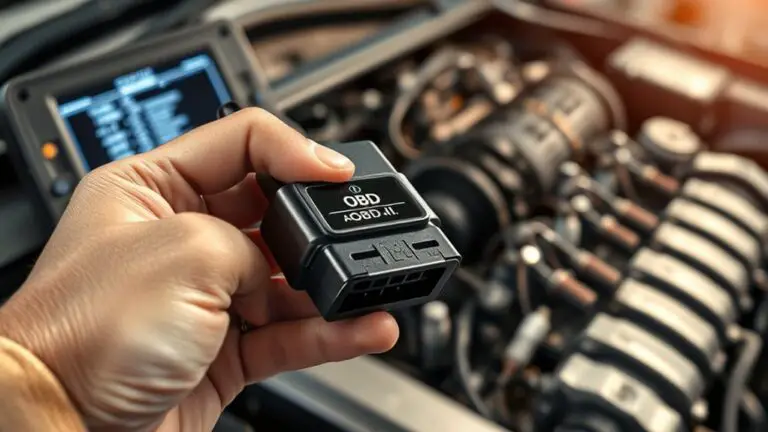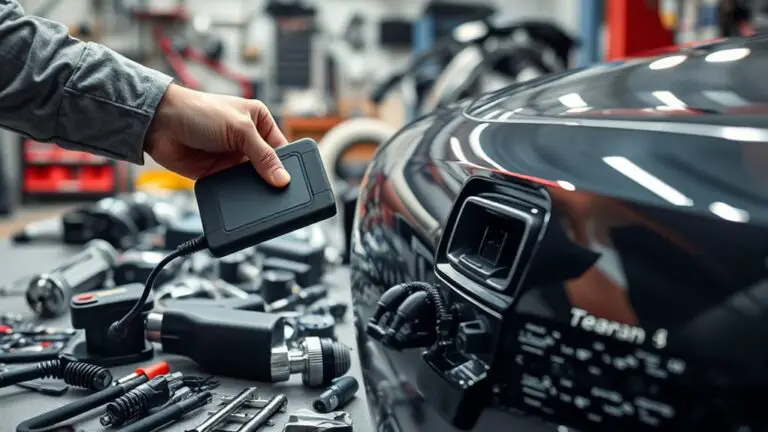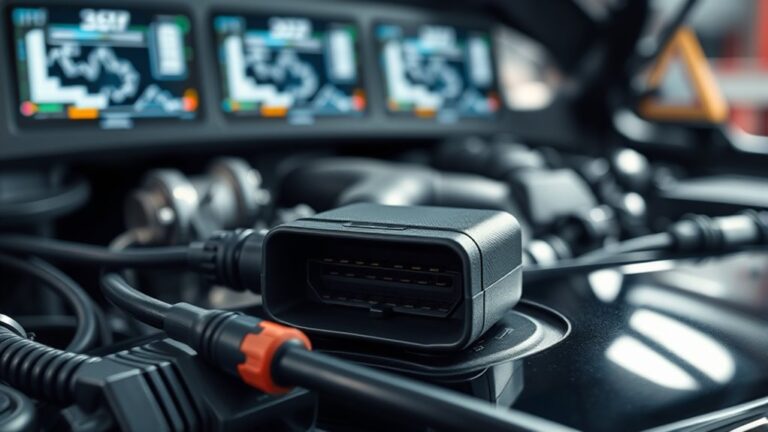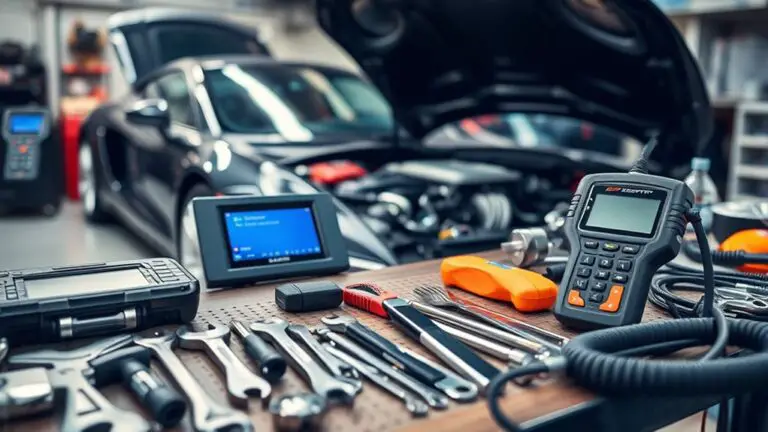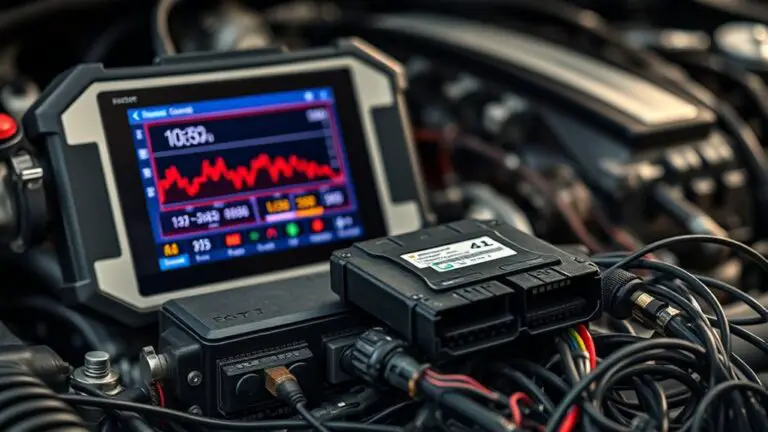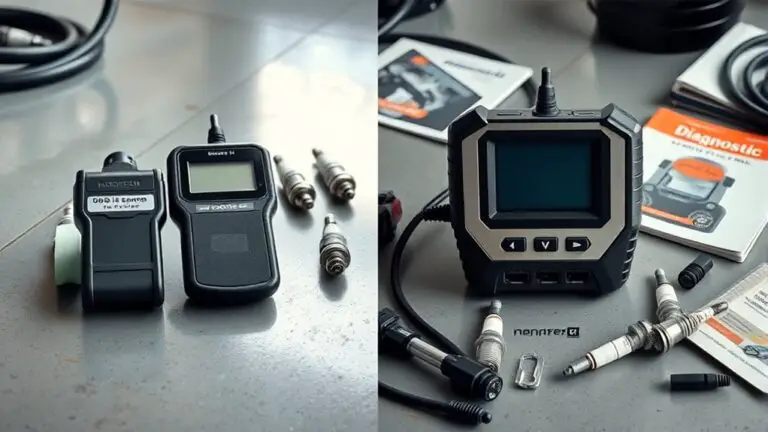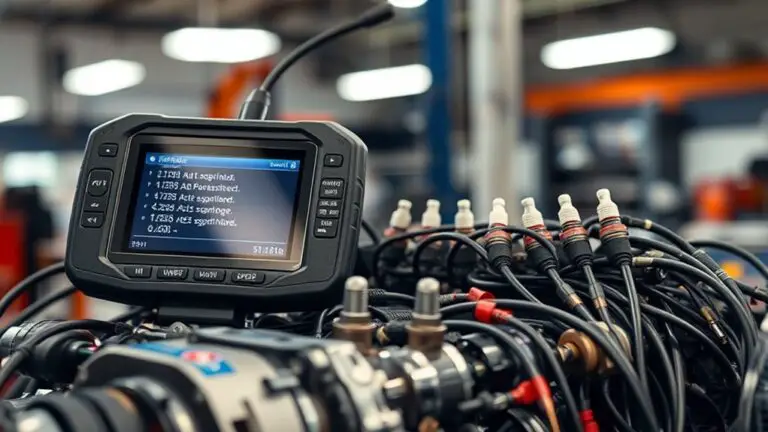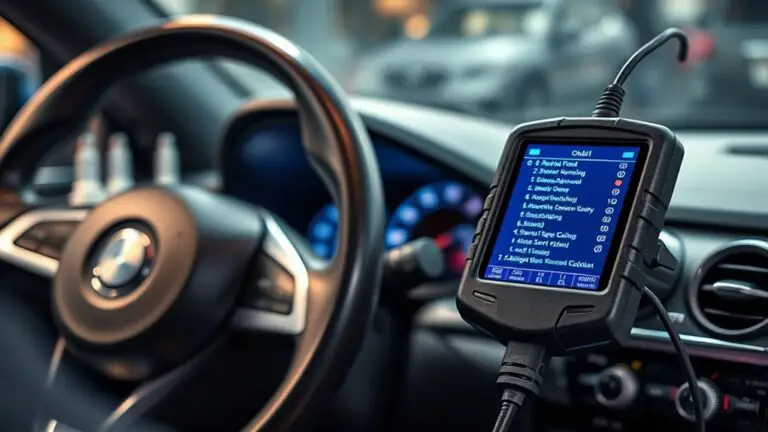How to Build a Troubleshooting Flow for Live Data Misinterpretation
To build a troubleshooting flow for live data misinterpretation, start with a precise problem frame and clear success criteria. Map data flows end-to-end, noting origins, transfers, transformations, and destinations. Form testable hypotheses about potential misreads, then trace signals through each stage to isolate root causes with causal reasoning. Define non-disruptive validation steps and guardrails for…


